Tom's Guide Verdict
The Ray-Ban Meta (gen 2) boast a better camera and longer battery life over the previous model, which keeps them atop our list of the best smart glasses. However, there’s no real competition at the moment.
Pros
- +
Longer battery life than first-gen model
- +
Improved photos and video
- +
More frame style options
Cons
- -
Meta AI will use conversation history to deliver targeted ads
- -
Lacks turn-by-turn directions
Why you can trust Tom's Guide
If, like me, you have a kid, your phone is undoubtedly filled with photos and videos of your child doing all sorts of cute things. The same could be said for pet owners — in fact, my camera roll is nothing but kids, cats, and dogs.
One of the things that’s appealing about the Ray-Ban meta smart glasses is that I can take photos and videos, but still remain in the moment. There’s nothing more distracting than having to pull your phone out of your pocket, and even then, some moments are so fleeting that you may even miss them.
Of course, there’s more to these smart glasses than photography. Most important of all is the integration of Meta AI, where you can use the Ray-Bans to identify objects, give you information about a place, and much more.
The second-generation Ray-Ban Meta smart glasses may not have garnered as much attention as the new Meta Ray-Ban Display smart glasses at Meta Connect, but I suspect that they’ll prove to be the more popular model, if for nothing but they’re less expensive.
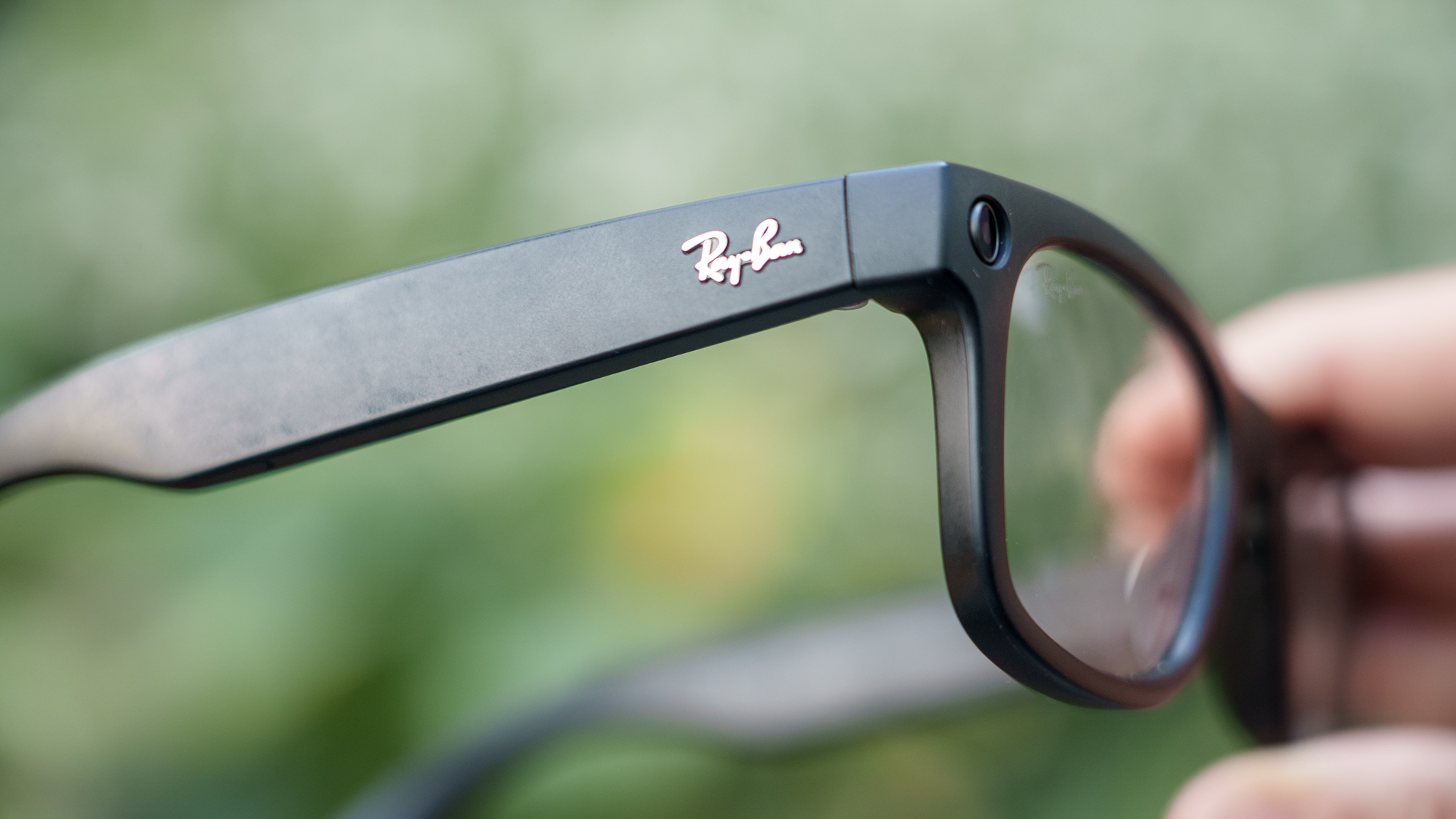
There’s nothing radically different between the second- and first-gen Ray-Ban Meta smart glasses — you get a better camera and battery life — but no other company to date has made a more accessible pair of smart glasses.
Ray-Ban Meta (gen 2) review: Price and styles
The second-gen Ray-Bans come in more styles and colors than the first-gen models. As before, they’re being offered in the Wayfarer and Skyler frames, but to that, have added the Headliner model, too. The Wayfarers and Headliners now come in six frame colors/lenses, while the Skylers have seven options.
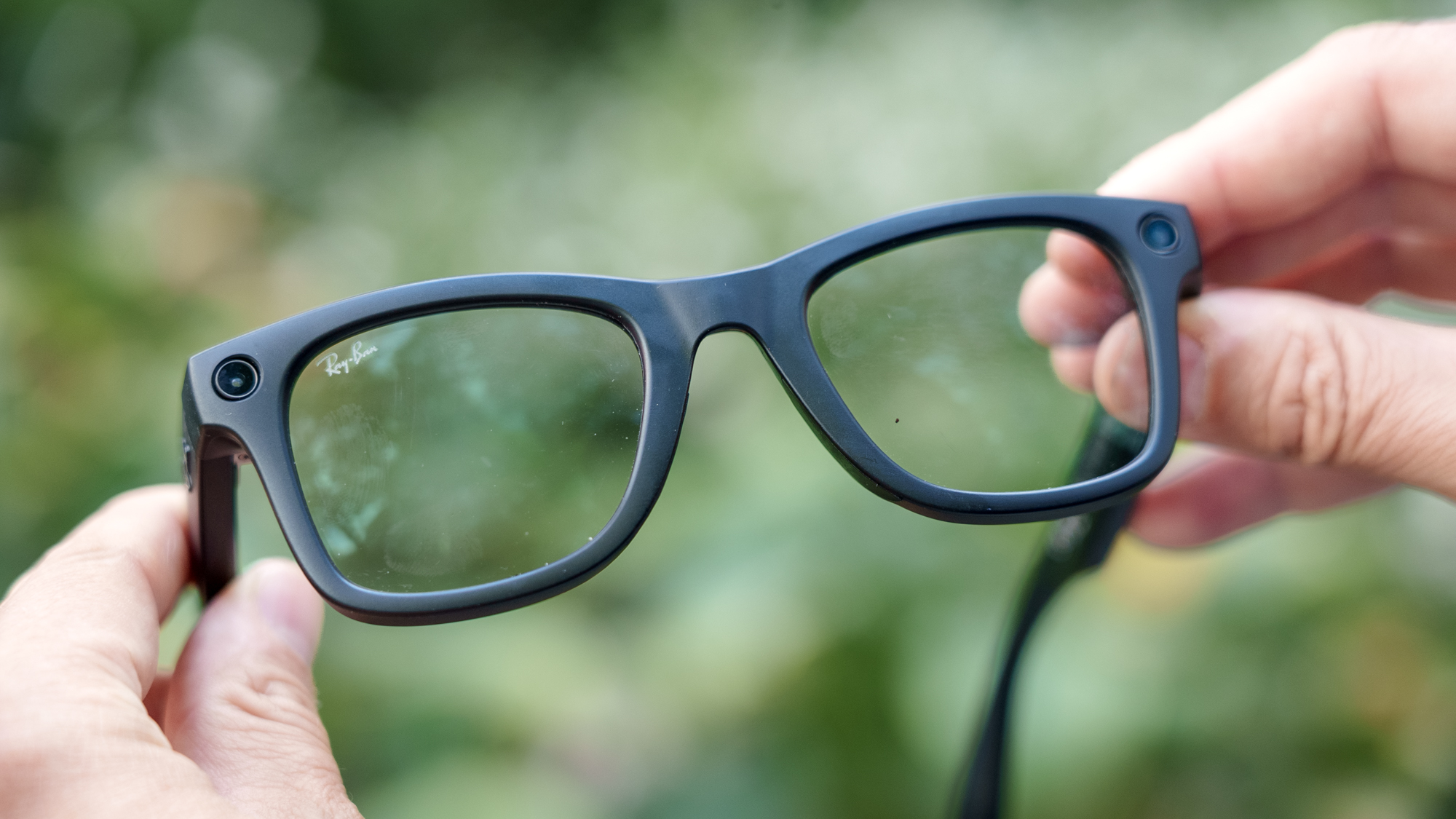
All three models start at $379, but prices vary based on the color frames. For example, the Wayfarers with Shiny Black frames and Clear to Graphite Green Transitions lenses cost $459.
Get instant access to breaking news, the hottest reviews, great deals and helpful tips.
The Wayfarers come in two sizes, and two of the Headliner models can be configured with either a high or a low bridge. In addition, all models can be fitted with prescription lenses, though that will cost extra and a trip to your eye doctor.
If you want to save yourself some money, Meta still sells the first-gen Ray-Bans, which start at $299.

For this review, I tested the Matte Black Wayfarers with clear to gray transitions lenses, which cost $459.
Ray-Ban Meta (gen 2) review: (gen 2) vs gen 1
The biggest differences between the second-generation Ray-Bans and the first generation model is the camera and battery life. Now, you can capture video at 3K resolution (up from 1080p), and you get up to eight hours of battery life — double that of the original. Basically, Meta took the guts from the Oakley Meta HSTN glasses and stuffed them in the Ray-Bans.
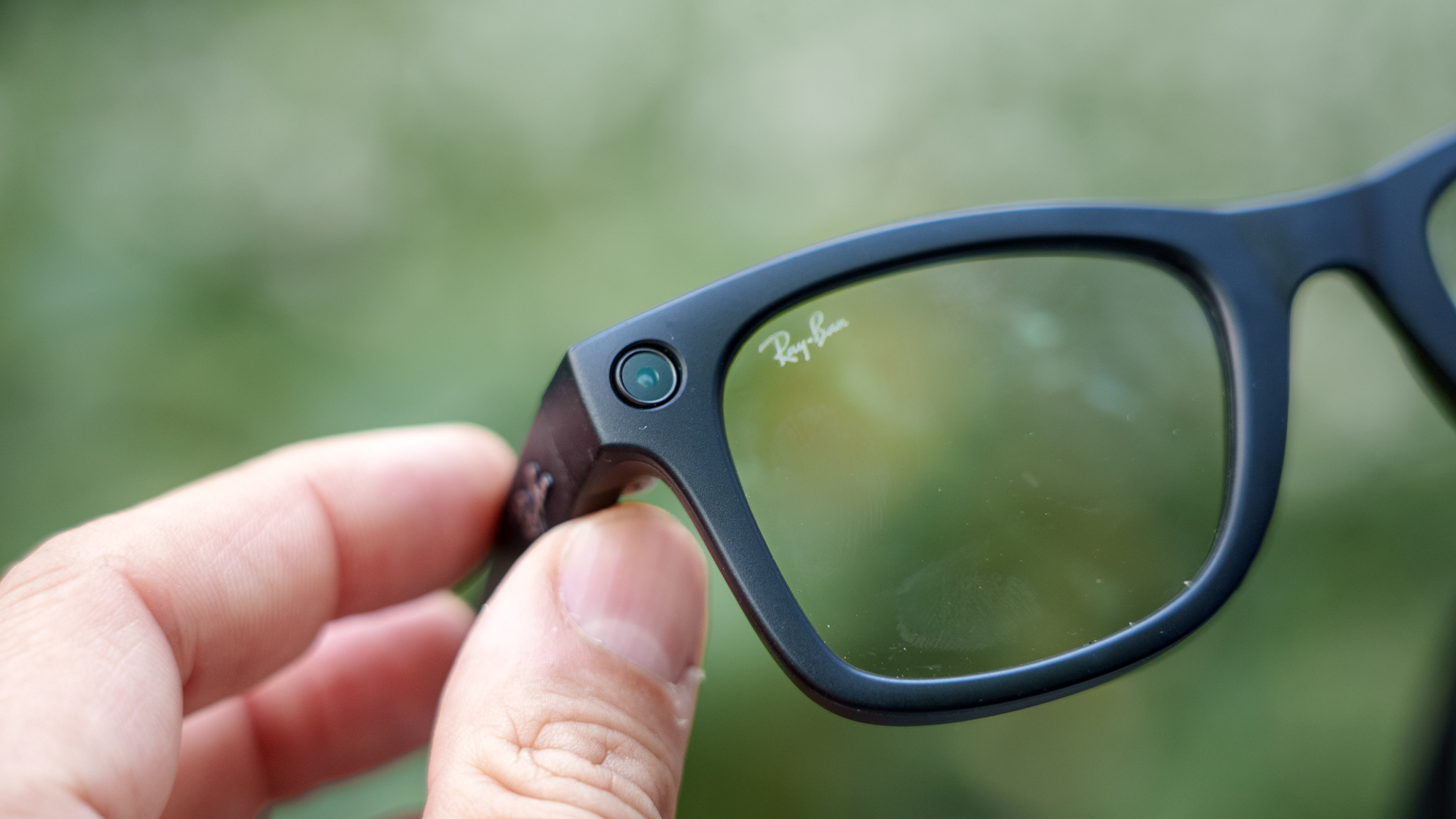
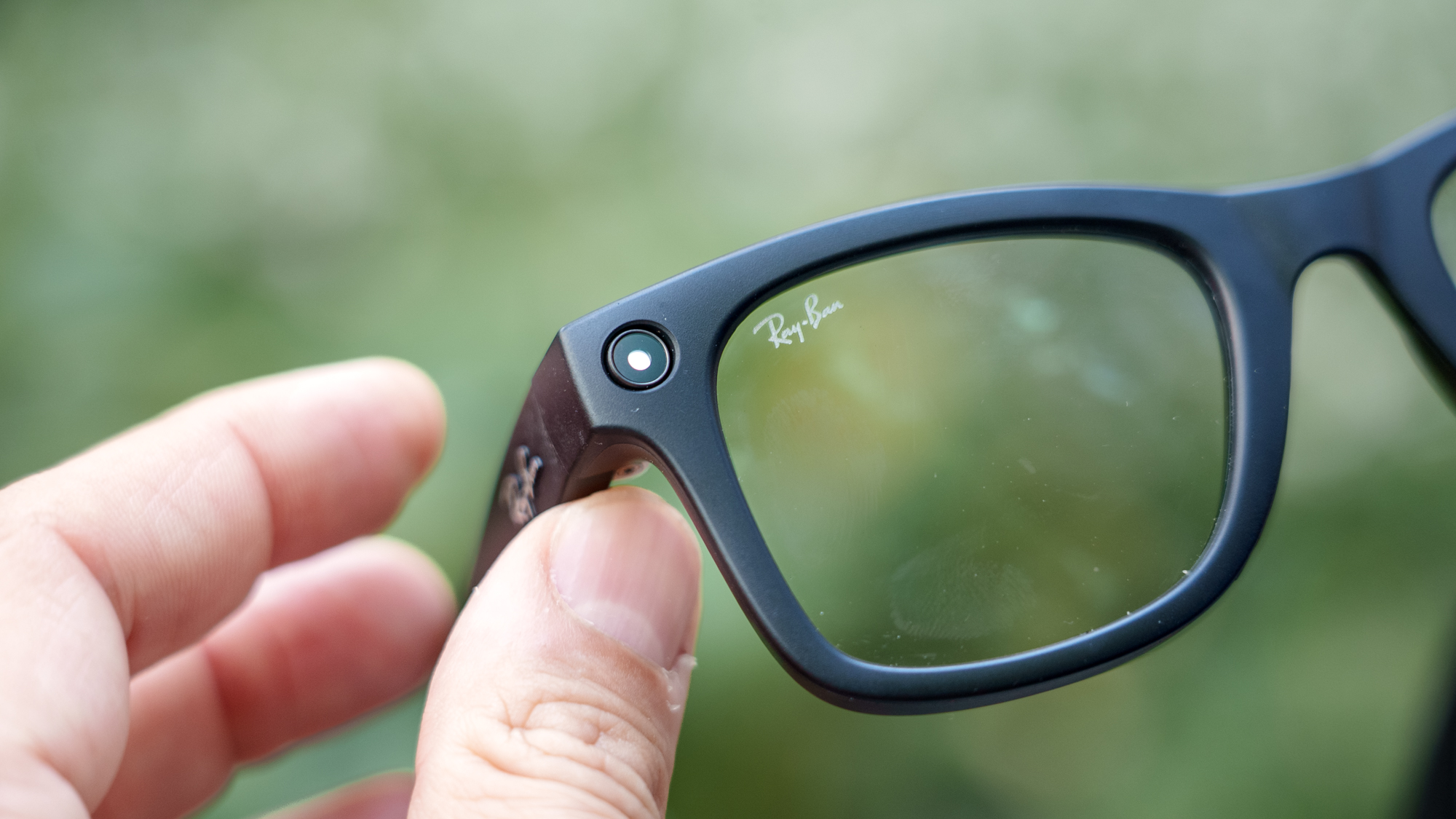
For more information, you’ll want to check out our Ray-Ban Meta gen 1 vs. gen 2 comparison, but TL;DR, the cameras on both are pretty good, but having the extra battery life in the second-gen model could be worth the extra $80 if you’re wearing these a lot.
Ray-Ban Meta (gen 2) review: Fit
While they’re not overly heavy, I did notice the Ray-Ban Metas on my face more so than my regular, non-smart sunglasses.
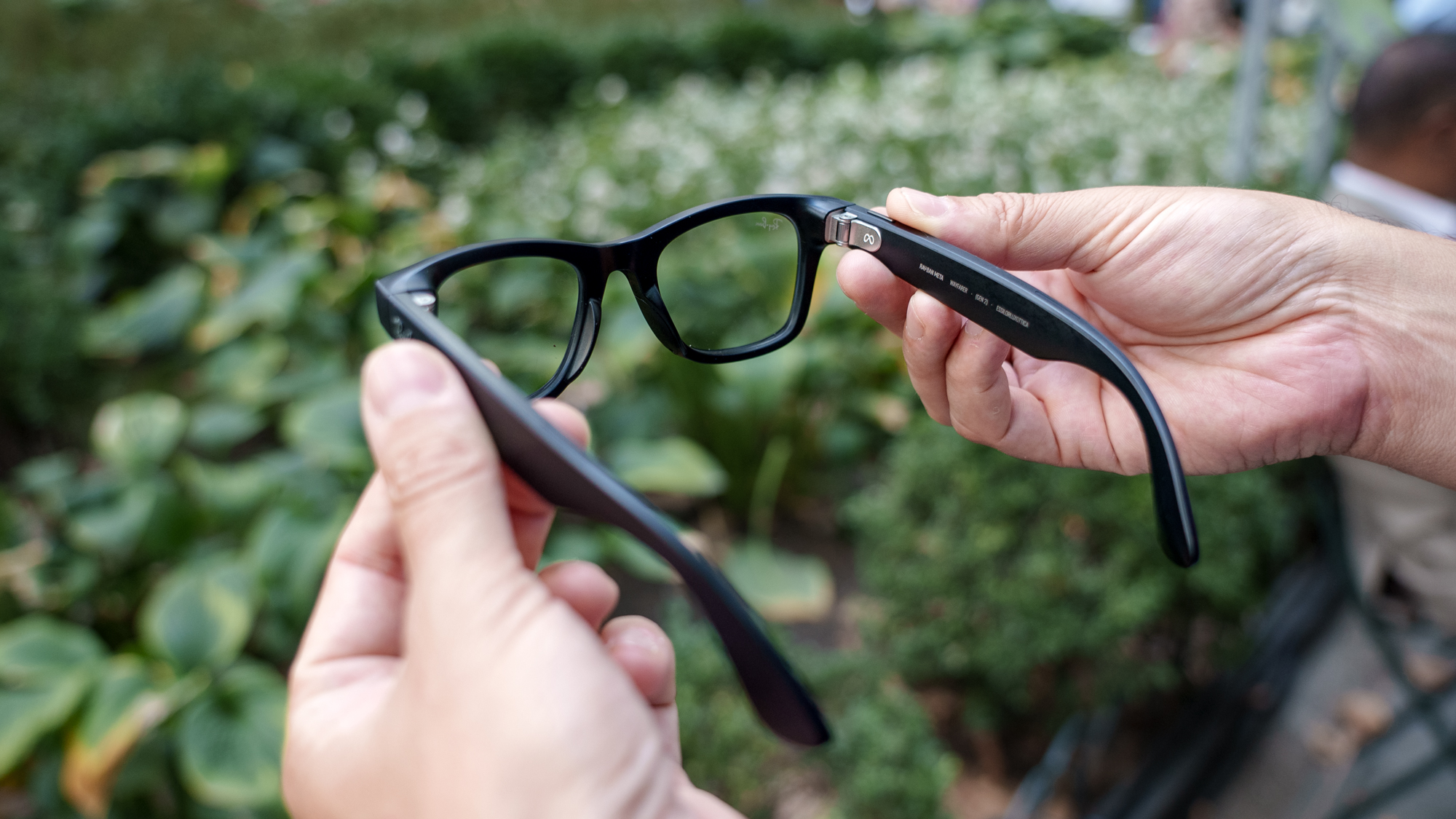
I received the standard-size Wayfarer glasses, and while they weren’t uncomfortable, they were a bit tighter than I’d prefer. If you can, I suggest going for a fitting at a store before deciding which size to buy.
Ray-Ban Meta (gen 2) review: Camera quality
While the Ray-Ban Meta’s camera is never going to rival that of the best camera phones, the specs still take pretty good pictures. It has a 12MP shooter that can take still images at 3024x4032 pixels, and video at 3K Ultra HD at 30fps and 1080p+ at 30fps or 60fps.




For what they can do, I generally liked the photos and video from the Ray-Ban Metas. Not surprisingly, they fared best in full-light situations, though it did have a tendency to wash out colors a bit — for example, the reds in a tractor in a field looked a bit paler than in real life.
I also wish that the glasses would save a photo when you ask it to identify something you’re looking at; it would be a handy reference alongside the chat history.
Meta doesn’t advertise the Ray-Ban Meta as having stabilized video — the Oakley Vanguards have that feature — but the Ray-Bans also did an admirable job at keeping things steady when I went for a run with my dog. Despite me bouncing all around, the horizon remained steady.
Ray-Ban Meta (gen 2) review: Audio
Nothing major here — the Ray-Ban’s two open-ear speakers delivered good audio for their size and type. You’re not going to get anything near the quality of the best wireless earbuds, but music was clear, with adequate bass.

A five-microphone array also helps, not just with calls, but also in adjusting the volume of the speakers. I wore the glasses while riding one of the best electric scooters, and as the wind noise increased, so too did the audio.
Now, don’t expect the world of them — there was no way that the speakers could compete against the noise of an approaching New York City subway.
Ray-Ban Meta (gen 2) review: Meta AI
Like most AIs, Meta AI continues to grow in abilities, though not fast enough. You can choose between several different voices, including a few celebrities; I switched mine to Awkwafina’s voice, and never looked back. (Your celeb options also include John Cena, Keegan-Michael Key, and Kristen Bell).
Meta AI’s live translation abilities have also improved marginally since the beginning of 2025. You can now have the glasses interpret English, French, German, Italian, Portuguese, and Spanish. That’s still a far cry from Google, which can live-translate 70 languages.
As with the previous Ray-Ban Metas, the power of these glasses is that you can ask them what you’re looking at, and it will use their cameras to see what you’re seeing. For example, I took the glasses apple picking, and while it could identify the fruit as well as flowers in a nearby field. When I asked it about a specific apple variety, it was able to let me know if it was better for making pies or just eating outright.
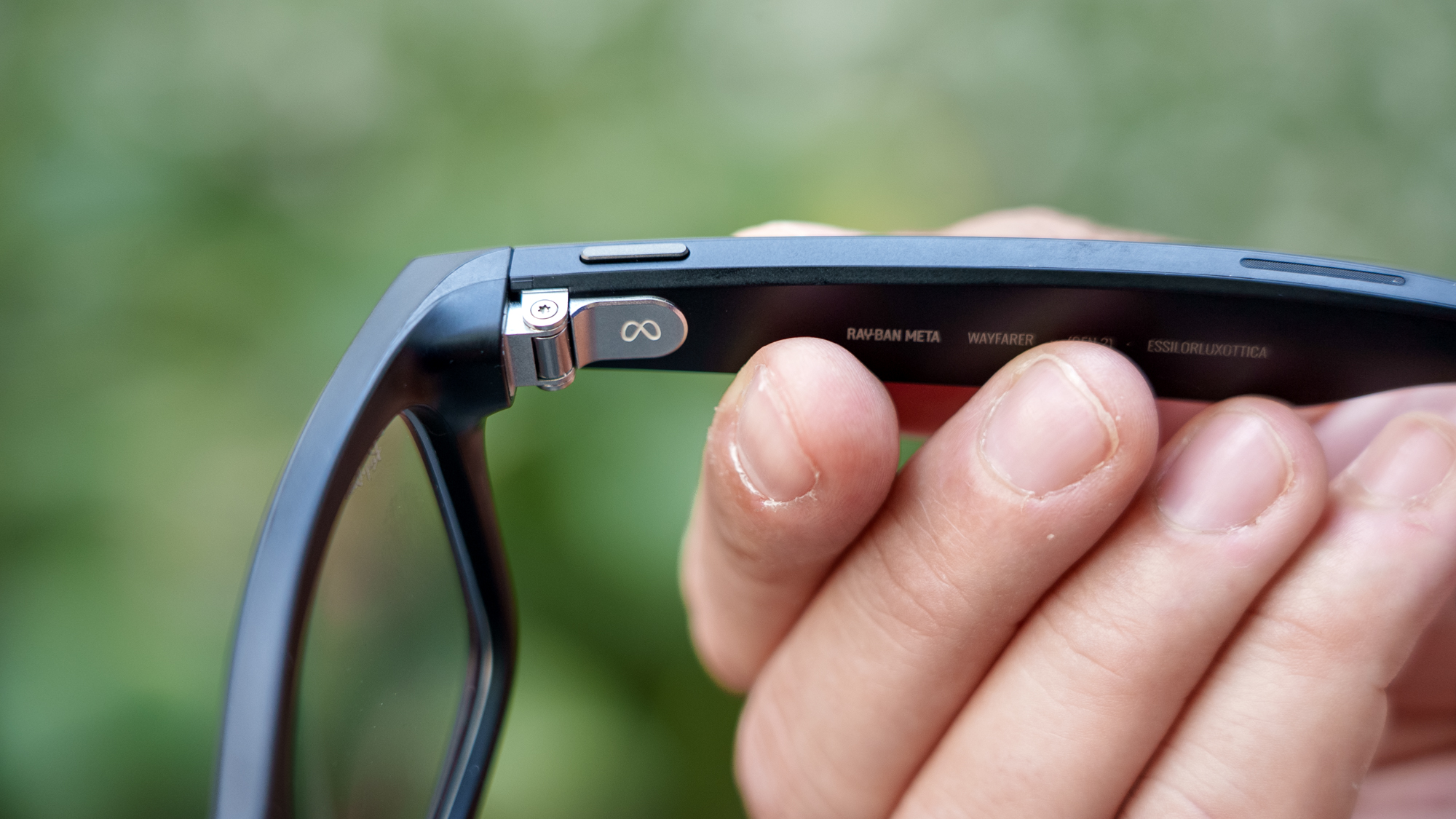
Unlike the Meta Ray-Ban Display, the Ray-Ban Meta cannot give you turn-by-turn directions via Meta AI. I hope that this changes, as it would be an incredibly helpful feature.
As useful as it is, I’m not sure how much I’ll plan to use Meta AI in the future, as Meta announced that it will start using AI chats to start targeting ads in the U.S. — thanks to privacy restrictions, UK, EU, and South Korean users won’t receive targeted ads. I get that Ai companies need to train their models, but delivering ads based on what you say isn’t something that Gemini does. Amazon’s Alexa also lets you disable ads from third parties based on your search history.
Ray-Ban Meta (gen 2) review: Battery life
I was able to go the whole day without having to worry about the battery in the Ray-Ban Metas; I listened to podcasts for a few hours, snapped some photos, and asked Meta AI a few queries here and there.

Ray-Ban Meta (gen 2) review: Verdict
The second-generation Ray-Ban Meta smart glasses are more of an evolution than the revolution that is the Meta Ray-Ban Display; the biggest difference between the first- and second-gen Ray-Ban Metas is that the newer version has a better camera and longer battery life.
If you have the first-gen model, there’s no compelling reason to upgrade, but the second-gen specs are probably the best smart glasses for most people. With a starting price of $379, they’re less than half as much as the Meta Ray-Ban Display, and they’re far easier to purchase.
Still, Meta’s new policy regarding targeted advertisements based on my interactions with its AI does dampen my enthusiasm, regardless of how capable these glasses are. We recommend them because they’re the most complete smart glasses, but it’s an issue that can’t be ignored.

Michael A. Prospero is the U.S. Editor-in-Chief for Tom’s Guide. He oversees all evergreen content and oversees the Homes, Smart Home, and Fitness/Wearables categories for the site. In his spare time, he also tests out the latest drones, electric scooters, and smart home gadgets, such as video doorbells. Before his tenure at Tom's Guide, he was the Reviews Editor for Laptop Magazine, a reporter at Fast Company, the Times of Trenton, and, many eons back, an intern at George magazine. He received his undergraduate degree from Boston College, where he worked on the campus newspaper The Heights, and then attended the Columbia University school of Journalism. When he’s not testing out the latest running watch, electric scooter, or skiing or training for a marathon, he’s probably using the latest sous vide machine, smoker, or pizza oven, to the delight — or chagrin — of his family.
You must confirm your public display name before commenting
Please logout and then login again, you will then be prompted to enter your display name.


